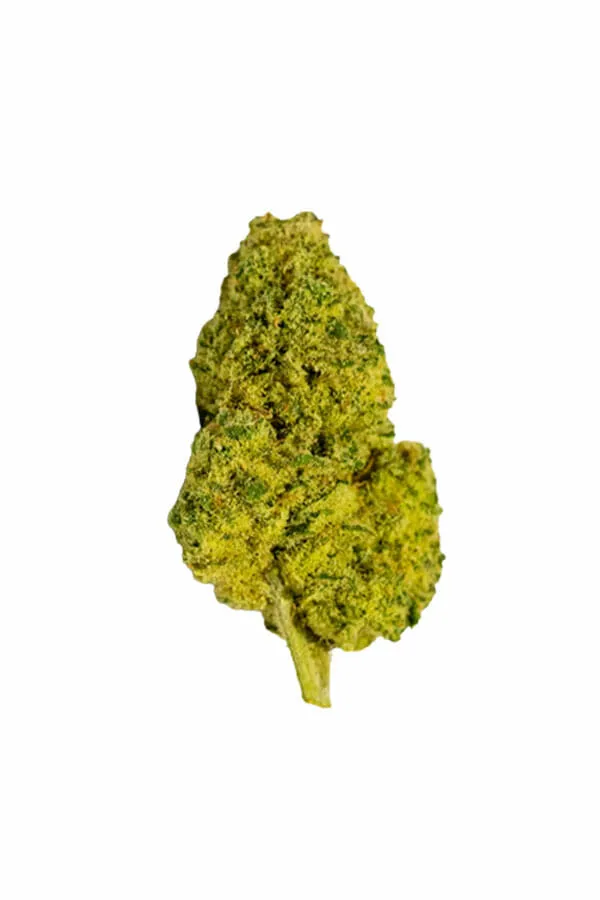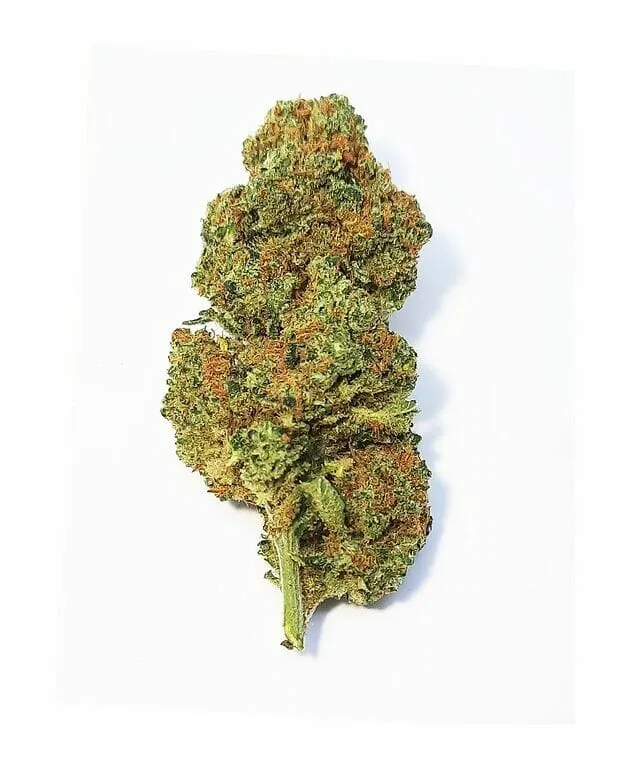Super Skunk, one of the most popular hemp strains ever, was born in the 80s and experienced its incredible boom in the 60s and 70s. Its effects are mainly body and brain, respectively inherited from the cross between sativa and indica plants.
Winner of the first Cannabis Cup in 1988, it owes its name to the English word skunk for its unmistakably intense and penetrating aroma.
But let’s go even deeper and find out what Super Skunk is and what benefits and effects it can potentially offer.
What is Super Skunk?
Super Skunk is one of the first cannabis strains to be released worldwide, the result of crossing iconic genetics such as Afghani#1, Colombian Gold and Acapulco Gold.
Its genetic composition gives it unique features: the Afghan genetics gives compactness and resistance, while the Colombian genetics contributes to density and generosity of the flowers. The Mexican genetics, on the other hand, is responsible for rapid flowering, making this strain extremely productive.
This strain originally has considerably high THC levels: some studies suggest that the percentage of tetrahydrocannabinol reaches around 20%, with peaks of up to 25%. In both cases, these values far exceed the limit tolerated by British regulations, which set 0.6% as the legal threshold for THC concentration in light cannabis.
-
Product on sale
 Grand Reserve Super SkunkPrice range: £2.45 through £189.00From 0,62 €/gr
Grand Reserve Super SkunkPrice range: £2.45 through £189.00From 0,62 €/gr
History of Super Skunk
In the 1970s, much of the marijuana imported into the US came from Mexico and Colombia, with strains such as Acapulco Gold and Colombian Gold among the most popular. Growers soon realised that cultivating only female plants greatly improved the quality and yield of cannabis, leading to the spread of the term “sinsemilla”, meaning ‘seedless’.
In 1976, the handbook ‘Sinsemilla Marijuana Flowers’ by Jim Richardson and Arik Woods became an essential guide for early American growers.
In 1983, Sam ‘The Skunkman’ moved to Amsterdam with a wide collection of seeds, including the experimental hybrid Skunk#1, born from crossing of Colombian Gold, Afghani #1 and Acapulco Gold. In the Netherlands, growers further refined Skunk, using their knowledge on indica strains, while in America, work was mainly on sativas. This international collaboration allowed cannabis to adapt better to indoor cultivation, gaining popularity.
The real breakthrough came in the late 1980s with the introduction of HID lamps that made indoor growing much more efficient.
Skunk #1 emerged as the first commercial marijuana strain and even won first prize at the Cannabis Cup in 1988.
Prized by beginners and experts alike, Skunk #1 became one of the most iconic cannabis strains worldwide due to its ease of cultivation, powerful effects and distinctive aroma.
Effects of Super Skunk
Super Skunk is not only a legendary strain, but also offers numerous effects on body and mind, such as:
- Promotes a restoring, deep sleep;
- Relieves muscle cramps and menstrual pain;
- Reduced stress, anxiety and panic attacks;
- Improves mood and increases motivation;
- Offers a sense of euphoria and general well-being;
- Counteracts tiredness, giving energy;
- Combats nausea and vomiting;
- Works as a natural analgesic for migraine and other types of pain;
- Relaxes body and mind, giving tranquillity;
- Stimulates vitality and enthusiasm.
Super Skunk contains a percentage ranging from 15 to 20% of THC, therefore its effects are considered disperceptive, amplifying consumer’s sensations.
All Skunk strains
Let’s now look at all of the main Skunk strains on the market, which differ in aroma, effects and different THC concentrations.
Super Skunk or Skunk XL
Super Skunk, introduced in 1990, quickly became one of the most awarded and loved strains in the cannabis world. The result of crossing between Skunk #1 and an Afghan strain, Super Skunk is indica-dominant and produces intense physical effects such as deep relaxation and pain relief, ideal for those who want to relax after a stressful day.
With very high THC concentrations, it is powerful even for the most experienced ones. The plant stands out for its big, compact buds, flowering in about 40-50 days and offering a much sweeter aroma than the original strain.
However, there is also a variant of Grand Reserve Super Skunk, a variant of legal weed that reduces the THC content to 0,5%, thus eliminating the psychoactive effects but maintaining all of the beneficial properties of the plant.
Lemon Skunk
Lemon Skunk, famous cannabis strain and a High Times Top 10, is known for its high THC content that can reach up to 22%, mainly causing cerebral effects. It is known to increase creativity, improve mood and give energy, although it can cause dry eyes and mouth, paranoia, dizziness and anxiety if used in excess.
Biologically speaking, it maintains the features of the original genetics: robust and resistant plants, rapid flowering and dense, resinous inflorescences with a characteristic citrus and fresh lemon aroma.
OG Skunk
OG Skunk, born from the cross between OG #18 and Skunk #1, is a strain prized for its potency, with a THC content of around 12%. It stimulates optimism and productivity but, despite its predominantly cerebral strength, it can cause the typical effects related to the excess use of THC.
Easy to grow both indoors and outdoors, it also adapts to harsh climates, with a flowering time of 7-9 weeks and large, dense, resin-rich inflorescences.
Orange Bud
One of the most renowned Skunk strains, Orange Bud has been standing out since the 80s for its versatility and easy cultivation, it adapts both to experienced growers and beginners. It is ideal for both indoor and outdoor cultivation, ensuring stable results with compact, large and resin-rich inflorescences.
Due to its high THC concentration, it offers powerful effects on both the cerebral and physical level, accompanied by a strong hit and a fresh, persistent citrus flavour profile, with nectarine notes that leave a pleasant sensation on the palate.
-
Product on sale
 Grand Reserve Super SkunkPrice range: £2.45 through £189.00From 0,62 €/gr
Grand Reserve Super SkunkPrice range: £2.45 through £189.00From 0,62 €/gr -
Product on sale
 Orange BUDPrice range: £2.45 through £210.00From 0,62 €/gr
Orange BUDPrice range: £2.45 through £210.00From 0,62 €/gr
How to recognise a quality Skunk
To recognise a quality Skunk, you need to pay attention to different distinctive aspects.
First of all, the visual aspect is crucial: the buds need to be dense, compact and rich in resin, with a colour ranging from deep green to golden.
The aroma is also important, being penetrating, persistent and characterised by spicy and citrus notes.
High-quality Skunk feels sticky to the touch due to the resin, but expands easily after being dried properly and ground with a grinder, revealing an ideal consistency for use.
 Contact us
Contact us 






